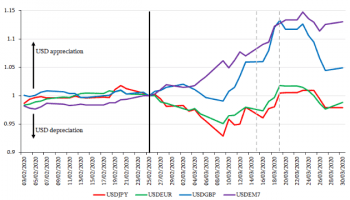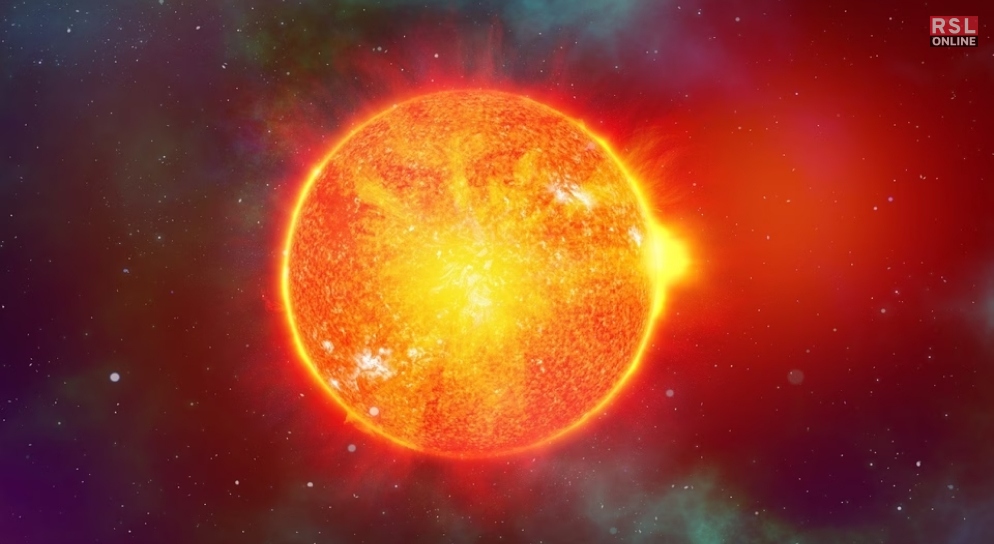According to Newsweek, the sun has been showing increased activity in the past week, with a surge in sunspots and the launch of several coronal mass ejections (CMEs) on a daily basis. As per NASA, there is a possibility of another CME approaching Earth today.
When a CME hits the Earth, it can cause a disturbance of the Earth’s magnetic field and atmosphere, known as a geomagnetic storm.
Huw Morgan, head of the Solar Physics group at Aberystwyth University in the UK, provided this information to Newsweek. “When a large plasma storm erupts from the sun, and that storm carries a magnetic field which is oriented in an opposite direction to Earth’s magnetic field, we have a ‘perfect storm,’ and a larger geomagnetic storm.”
Minor G1-class geomagnetic storms are possible late on November 25th through 26th when two CMEs might graze Earth’s magnetic field, Spaceweather.com explained. Both CMEs were hurled into space by magnetic filaments erupting from the sun earlier this week.
Coronal Mass Ejections (CMEs) are large expulsions of plasma and magnetic fields from the Sun’s corona. They can eject billions of tons of coronal material and carry an embedded magnetic field that is stronger than the background solar wind interplanetary magnetic field (IMF) strength. CMEs travel outward from the Sun at speeds ranging from slower than 250 kilometers per second (km/s) to as fast as near 3000 km/s.
Meanwhile, geomagnetic storms refer to the disruptions that affect Earth’s magnetic field caused by solar emissions. The intensity of solar storms is graded on a scale of G1 to G5. G1 storms are the weakest on the scale and can occur on a regular basis, numerous times each month.
The G1 geomagnetic storm is unlikely to cause any damage to life on Earth but can still affect power grids and impact some satellite functions such as those used for GPS systems and mobile devices.
Read Also:




























